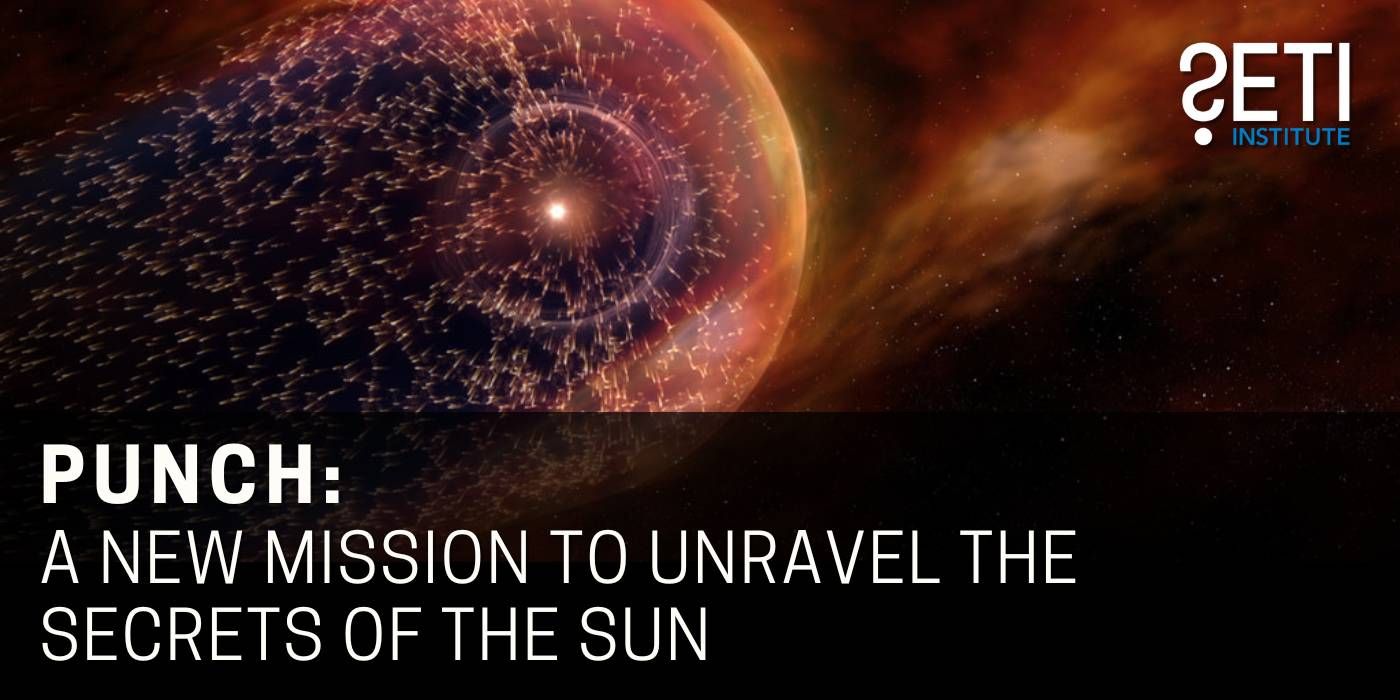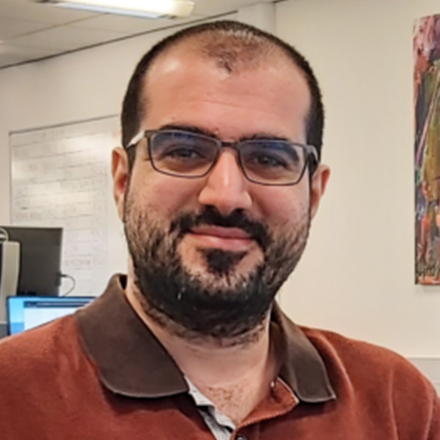However, our ability to forecast these events remains limited. One reason is our incomplete understanding of their underlying physical triggers and instabilities. Another challenge is the solar chromosphere—the interface between the Sun’s surface and its million-degree corona—a highly dynamic and complex region that produces most UV radiation that reaches Earth.
Heliophysics is a new and growing discipline at the SETI Institute. Our scientists integrate multi-messenger astronomy, supercomputing, and advanced numerical modeling to address the challenges mentioned above.
At the SETI Institute, supported by Lockheed Martin Solar and Astrophysics Lab (LMSAL)-led NASA missions (MUSE, IRIS, SDO, Hinode, EUVST) and collaborations with ground-based observatories such as DKIST and the Swedish Solar Telescope, our team performs high-resolution data analysis, science operations, and pipeline development. We also lead education and outreach efforts, particularly for MUSE.
Our group develops cutting-edge astrophysical codes that simulate space plasma environments, which we benchmark against observations. These models could also help us understand not just the Sun, but other stars and planetary systems, especially those where multiple types of plasma interact in complex ways.
In addition to conducting scientific research, we train the next generation of scientists through undergraduate internships (REU programs) and postdoctoral mentoring. We also collaborate with other SETI Institute divisions to strengthen our work in solar–stellar connections, multi-fluid simulations, and public engagement.
Heliophysics Researchers
News
Heliophysics Research

)










